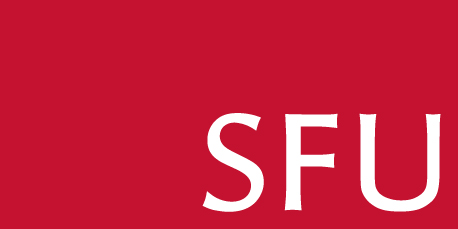

No data for selected date range.
Dr. Maite Taboada and her Simon Fraser University colleagues have enhanced the Gender Gap Tracker's capacity to analyze news trends to display that and other trends. Visit the SFU Discourse Processing Lab here to learn more.
Are you a researcher interested in the data? We'd be delighted to share with you. Fill out this form and we'll be in touch.
Click here to learn more about the methodology behind the Gender Gap Tracker.
Simon Fraser University's commitment to supporting research for good is making it easier for equity advocates to promote change, and Informed Opinions is thrilled to be collaborating with the university and its researchers.
© Copyright 2022 Informed Opinions